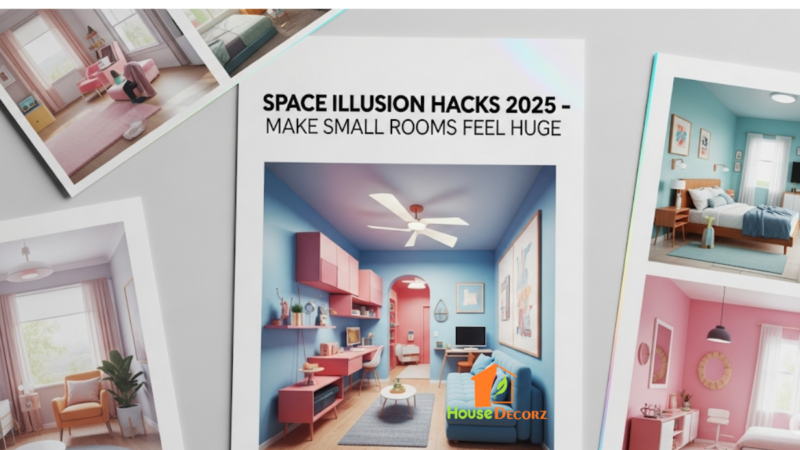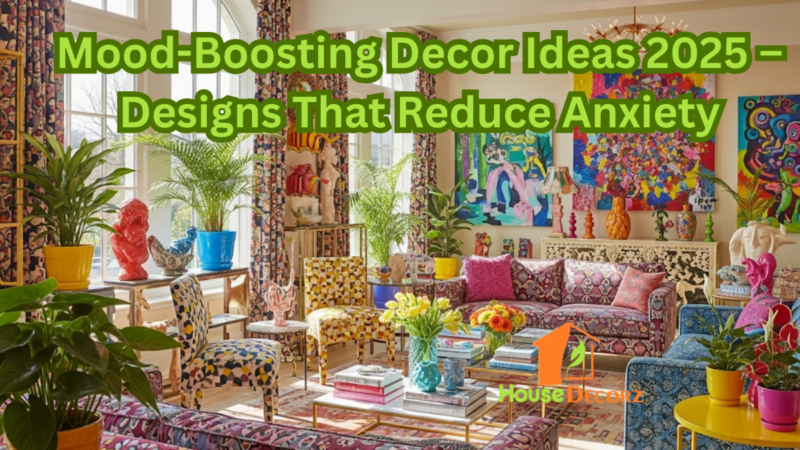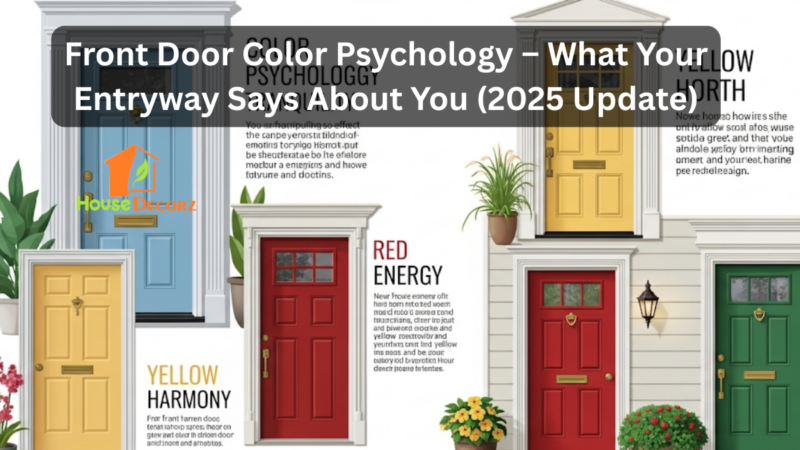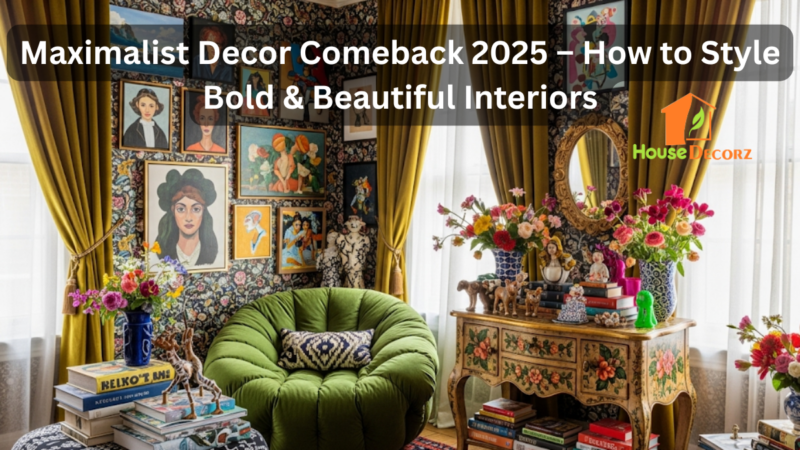How to Decorate Your Home Using Rugs Like a Pro
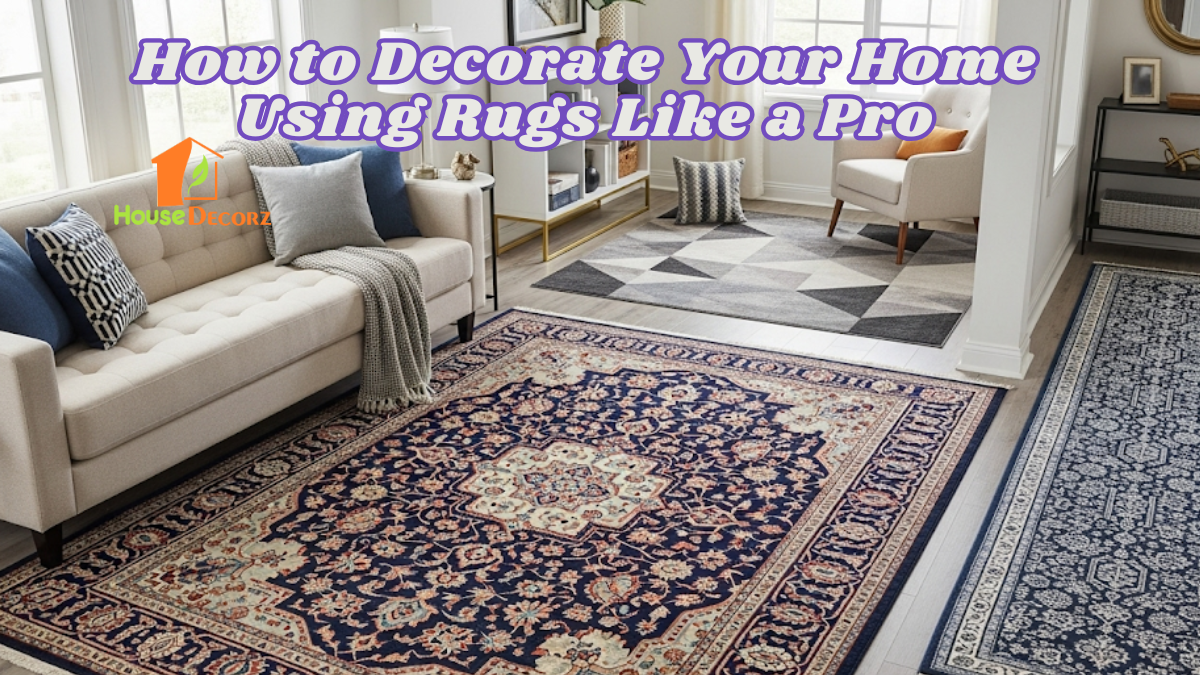
A well-placed rug can completely transform your space—adding warmth, texture, color, and personality. If you’re wondering how to decorate your home with rugs, you’re in the right place.
Whether you’re aiming for a cozy nook, a bold statement, or a grounded layout, the right rug can pull everything together beautifully.
Below, we’ll explore expert rug styling tips, ideal area rug placement, and strategies to make every room shine.
Expert Rug Styling Tips for Every Room
1. Understand the Role of Rugs in Interior Design
Before diving into placement and patterns, it’s important to understand why rugs are essential. Rugs serve multiple functions—they can define zones in open-concept homes, anchor furniture, soften hardwood or tile floors, and introduce color or texture. Think of a rug as a foundation upon which your décor builds.
2. Start with the Right Size Rug
Choosing the correct size is crucial. A common mistake is opting for a rug that’s too small, which can make your space look fragmented or unfinished.
- Living Room: Ideally, the rug should be large enough so that at least the front legs of all seating pieces rest on it.
- Dining Room: The rug should extend at least 24 inches beyond the table on all sides so chairs remain on the rug even when pulled out.
- Bedroom: Place the rug under the lower two-thirds of the bed, extending beyond the sides and foot of the bed.
A larger rug creates a sense of grandeur and cohesion, even in compact spaces.
3. Play with Patterns and Colors
When selecting a rug, consider the color scheme and style of your room. If your room has neutral furniture, a patterned or brightly colored rug can serve as the focal point. In contrast, if your furniture is bold, opt for a subtle rug to balance the visual weight.
Pro Tip: Use rugs to echo accent colors in the room—such as throw pillows or wall art—for a curated, designer look.
4. Layering Rugs for Texture and Depth
Layering isn’t just for fashion—it works wonders in home design, too. Try placing a smaller, patterned rug over a larger neutral jute or sisal rug. This technique adds dimension and can make the space feel more cozy and curated.
Example: A colorful kilim rug layered over a beige flat-weave base instantly creates a boho-chic vibe in a living area.
5. Mastering Area Rug Placement
Area rug placement can make or break a room. Use rugs to define zones in open-plan homes—place one under the coffee table in the living room, another under the dining set, and maybe a third under your workspace.
For small spaces, using a rug to unify a seating arrangement can make the room appear larger. Conversely, in large rooms, multiple rugs can break up the space into purposeful areas.
6. Don’t Forget Texture
Texture is a subtle yet powerful tool in design. A shaggy rug can make a bedroom feel plush and inviting, while a low-pile rug is better suited for high-traffic areas like hallways or kitchens.
Texture Tips: Mix and match rug textures with furniture surfaces—pair a velvet couch with a woven rug or a leather armchair with a soft wool rug.
7. Care and Maintenance Matter
To keep your rug looking great over time:
- Rotate rugs every few months to ensure even wear.
- Use rug pads to prevent slipping and protect flooring.
- Vacuum regularly and spot-clean spills immediately.
This not only maintains aesthetics but also extends the rug’s lifespan.
Recommendation
Top 10 Living Room Color Trends for 2025 – What Designers Are Using This Year
10 Wall Panel Design Ideas to Upgrade Your Living Room
How to Style an Open Kitchen and Living Room Layout
Japandi Style Is the 2025 Interior Design Trend You Need to Try
Transform Your Balcony Into a Green Retreat – Easy DIY Ideas
Final Thoughts
Learning how to decorate your home with rugs can truly elevate your space, combining style with functionality.
From mastering area rug placement to exploring textures, patterns, and sizes, rugs provide a flexible design element that enhances every room.
Use these rug styling tips to create a space that reflects your personality while keeping it cohesive and comfortable.
Frequently Asked Questions (FAQs)
Q1: What size rug should I get for my living room?
A1: Ideally, the rug should be large enough to fit under the front legs of all furniture pieces. For a larger space, ensure all furniture sits entirely on the rug.
Q2: Can I use multiple rugs in one room?
A2: Yes, Multiple rugs can define separate zones in open spaces. Just be sure the colors and styles complement each other for visual harmony.
Q3: Should rugs match the curtains or furniture?
A3: They don’t need to match exactly, but coordination is key. Use rugs to echo or contrast accent colors in your space for a cohesive look.
Q4: Is it okay to layer rugs?
A4: Absolutely. Layering rugs adds depth and texture. Try placing a small statement rug over a larger neutral one to highlight a specific area.
Q5: How do I keep rugs from slipping?
A5: Use a non-slip rug pad underneath. This improves safety, preserves the rug’s shape, and protects your flooring.

